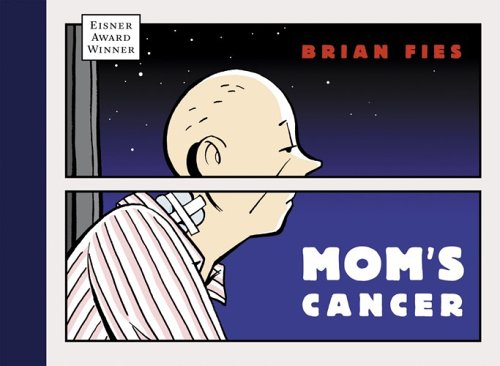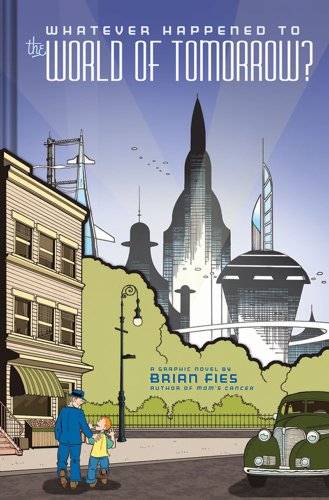Season after season some of the most critically acclaimed footwear would be sky-high-heels. It seems that designers are competing for new and creative ways to make heels higher and more complicated to walk in. Doctors have frequently treated women with sprained ankles and broken bones due to the super high heel trend. They have said that women should try wearing a heel no more than 1.5 inches with an ankle strap. An excessively high heel puts pressure on knees, ankles, and hips leading to possibilities of developing Morton’s neuroma, bunions, hammertoes, or even Metatarsalgia. The higher the heel means the higher the possibility of developing an injury or creating permanent damage.
A Spring 2011 design by Christian Louboutin is a new spin on the classic stiletto platform that has been in demand for the past several seasons. The medium fabricating the hot pink pump is a python –skin, which gives both a haptic and optic texture. The 6-inch+ stiletto heels provide no support and leads to a higher risk of losing balance resulting in a sprained ankle. But it has a rather large platform and the trademark Louboutin red sole. The platform allows the heel to be taller, while maintaining a somewhat manageable means of still being able to physically walk in them. The higher the heel is traditionally congruent to the level of sex appeal. Aesthetically the silhouette of the heel is a classic design that is pleasing to the eye. However the time in which a consumer could walk in the heel is limited. It corresponds with the old saying that “pain is beauty.” Women commonly ignore pain in order to appear more beautiful or desirable.
As long as excessively tall heels are in demand, designers will keep creating them. To keep the interest of the consumer heels will become higher and more dangerous. How far do the designers have to go to please the constantly evolving high-heeled shoe fetish? When is it enough?
Information on the dangers of heels:
A Spring 2011 design by Christian Louboutin is a new spin on the classic stiletto platform that has been in demand for the past several seasons. The medium fabricating the hot pink pump is a python –skin, which gives both a haptic and optic texture. The 6-inch+ stiletto heels provide no support and leads to a higher risk of losing balance resulting in a sprained ankle. But it has a rather large platform and the trademark Louboutin red sole. The platform allows the heel to be taller, while maintaining a somewhat manageable means of still being able to physically walk in them. The higher the heel is traditionally congruent to the level of sex appeal. Aesthetically the silhouette of the heel is a classic design that is pleasing to the eye. However the time in which a consumer could walk in the heel is limited. It corresponds with the old saying that “pain is beauty.” Women commonly ignore pain in order to appear more beautiful or desirable.
As long as excessively tall heels are in demand, designers will keep creating them. To keep the interest of the consumer heels will become higher and more dangerous. How far do the designers have to go to please the constantly evolving high-heeled shoe fetish? When is it enough?
Information on the dangers of heels:
http://news.bbc.co.uk/2/hi/health/5235630.stm
http://bodytreats.files.wordpress.com/2008/10/picture1.jpg
Image:
http://www.style.com/slideshows/accessories/spring_2011_rtw/christian-louboutin/shoes/14fullscreen.jpg














